When Can a Baby Sit in a Stroller?
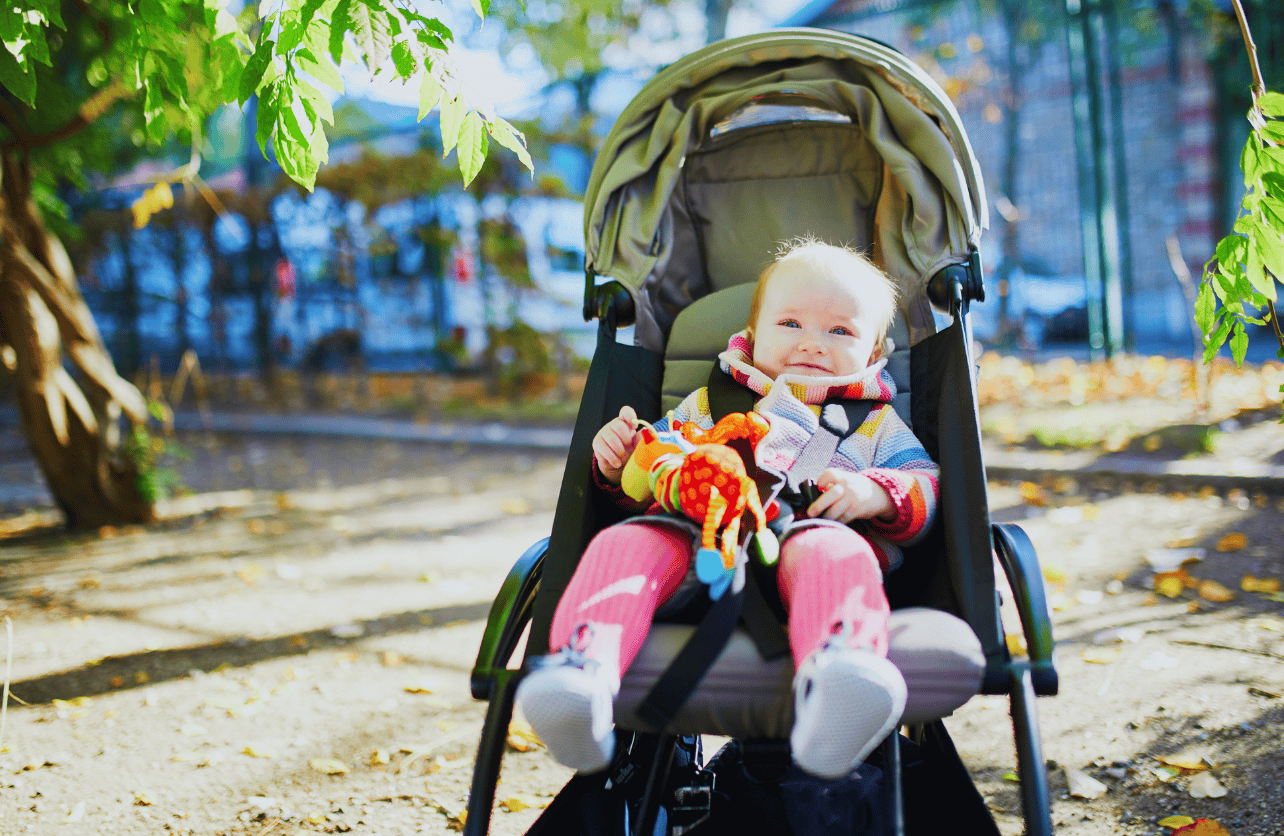
As a new parent, one of the many questions you might face is, “When can my baby sit in a stroller?” Ensuring your little one’s safety and comfort is paramount, and understanding the appropriate time to transition your baby into a stroller is crucial. This guide will walk you through the developmental milestones, safety considerations, and tips to help you make an informed decision about when your baby is ready to sit in a stroller.
Understanding Your Baby’s Developmental Milestones

Before introducing your baby to a stroller, it’s important to consider their developmental readiness. Babies develop at their own pace, but certain milestones typically indicate that they are ready for a stroller seat.
1. Head Control
One of the earliest signs your baby might be ready for a stroller is improved head control. By around 3 months old, most babies can hold their heads steady without support. This control is essential to prevent any head movements that could lead to discomfort or injury while in a stroller.
2. Sitting Stability
Babies generally begin to develop the ability to sit with support around 4 to 6 months old. While some strollers come with built-in seats that offer support, ensuring your baby can sit up with minimal assistance is important for their safety and comfort.
3. Neck and Spine Strength
A strong neck and spine are necessary for maintaining proper posture in a stroller. By the time your baby can sit with support, their neck and spine should be strong enough to handle the slight movements and positioning required in a stroller seat.
When to Transition to a Stroller Seat
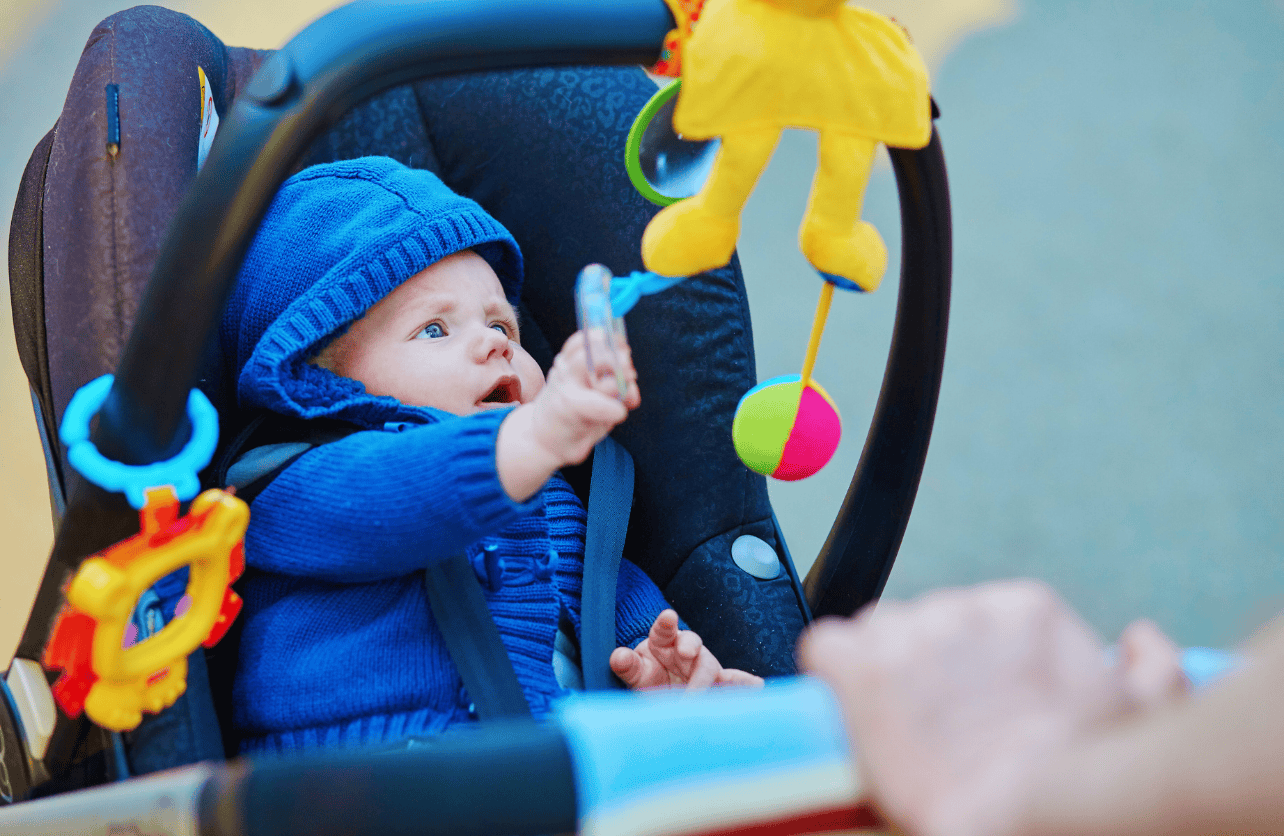
While there is no one-size-fits-all answer, most babies are ready to sit in a stroller seat when they meet the following criteria:
1. Age and Weight Guidelines
Most stroller manufacturers recommend that babies can sit in a stroller seat from 3 to 6 months, depending on the specific stroller model and the baby’s weight. Always check the stroller’s weight and age recommendations provided by the manufacturer to ensure safety.
2. Ability to Sit with Support
Ensure your baby can sit with good head and neck control before placing them in a stroller seat. If your baby struggles to maintain an upright position, it’s best to wait a bit longer or use a stroller model that offers extra support.
3. Interest in Exploring
Once your baby shows interest in their surroundings and enjoys looking around while being held, they might be ready to sit in a stroller. This transition allows them to explore their environment more independently, which can be both stimulating and enjoyable.
Choosing the Right Stroller
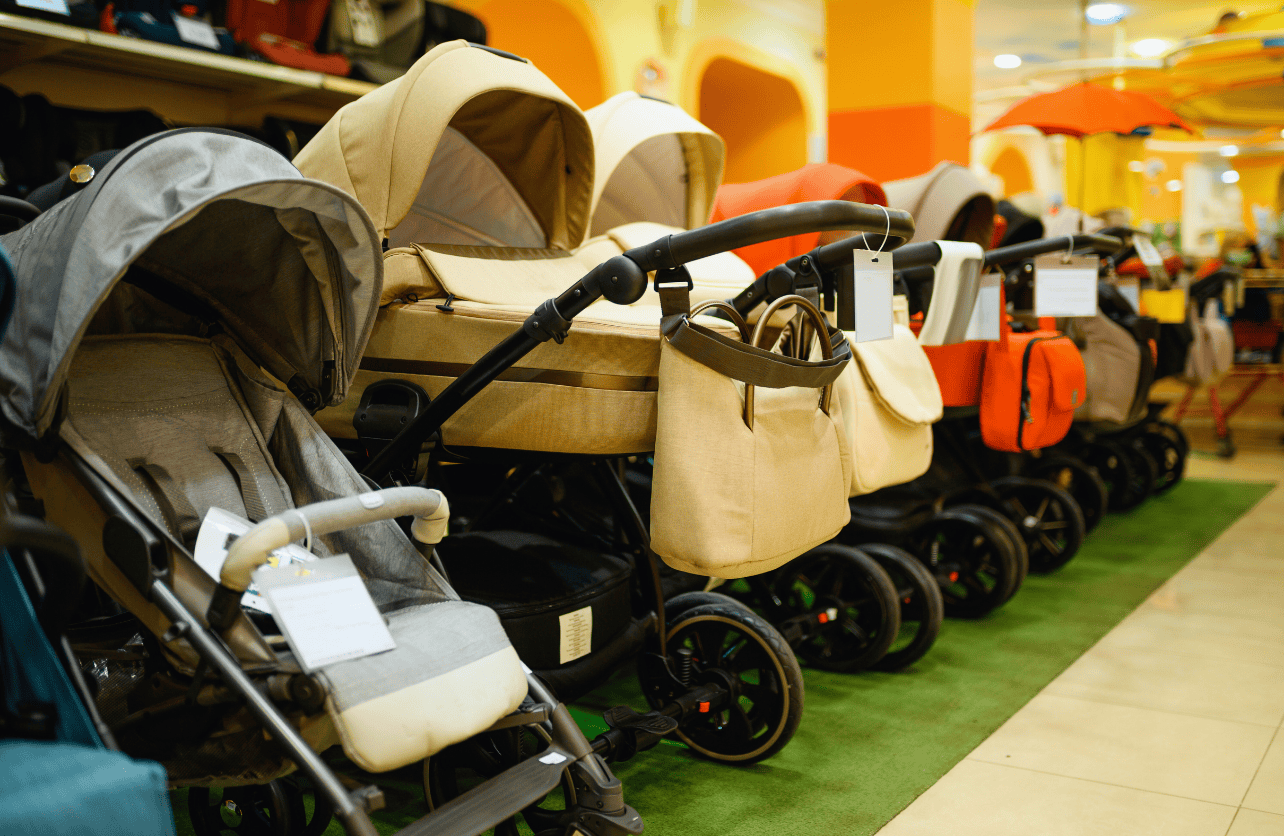
Selecting the appropriate stroller is essential for your baby’s safety and comfort. Here are some factors to consider:
Infant vs. Convertible Strollers
- Infant Strollers: Designed specifically for newborns and young babies, these strollers often come with a fully reclining seat or a detachable bassinet for newborns who cannot sit up yet.
- Convertible Strollers: These can be adjusted as your baby grows, transitioning from a bassinet to a seat that allows your baby to sit upright.
Safety Features

Look for strollers with the following safety features:
- Five-Point Harness: Ensures your baby is securely strapped in.
- Brakes: Reliable braking systems to keep the stroller stationary when needed.
- Sturdy Frame: A durable frame that can support your baby’s weight and withstand daily use.
Comfort and Support
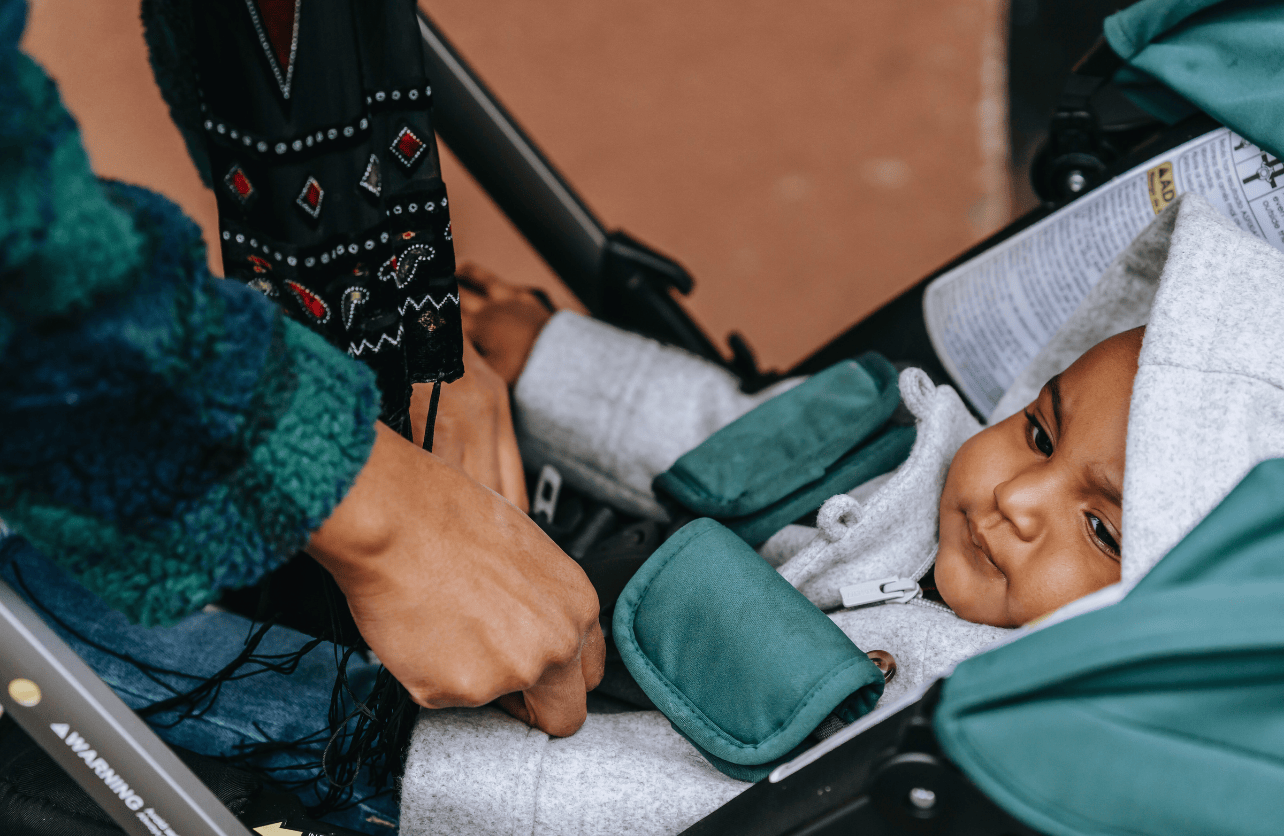
Ensure the stroller seat is well-padded and provides adequate support for your baby’s back and neck. Adjustable seats and reclining positions can enhance your baby’s comfort during rides.
Portability and Maneuverability
Consider how easy the stroller is to fold, transport, and maneuver. Lightweight and compact strollers are ideal for parents on the go, while more robust models offer better maneuverability on various terrains.
Safety Tips for Stroller Use

Once your baby is ready to sit in a stroller, follow these safety tips to ensure a safe and enjoyable experience:
Always Use the Harness
Never let your baby roam freely in the stroller. Always secure them with the harness to prevent falls and ensure their safety.
Avoid Overloading
Do not exceed the stroller’s weight limit. Overloading can compromise the stroller’s stability and safety features.
Be Mindful of Terrain
Choose smooth, flat surfaces for strolling. Uneven terrains can cause the stroller to tip or jostle your baby more than necessary.
Keep the Sun in Check
Use the stroller’s canopy to protect your baby from direct sunlight. Excessive sun exposure can lead to discomfort and sunburn.
Regularly Inspect the Stroller
Check the stroller for any signs of wear and tear, such as loose parts or damaged harnesses, and address any issues immediately to maintain safety.
Transitioning from Carrying to Strolling
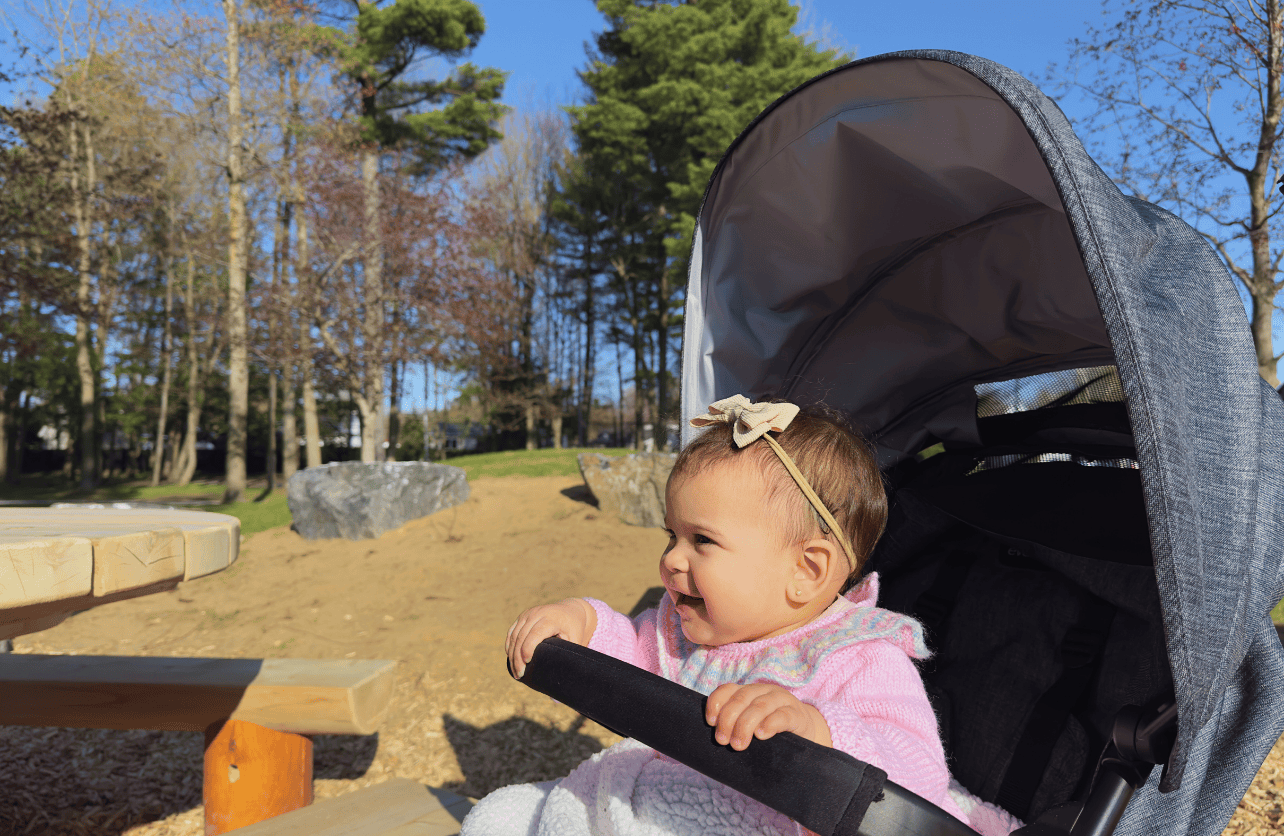
Transitioning your baby from being held to sitting in a stroller can take time. Here are some tips to make the process smoother:
Start with Short Trips
Begin by taking your baby for short walks to get them accustomed to the stroller. Gradually increase the duration as they become more comfortable.
Use Positive Reinforcement
Encourage your baby with soothing words and gentle rocking motions. Make stroller time a positive experience by taking them to places they enjoy, such as parks or family gatherings.
Maintain Consistency
Incorporate stroller walks into your daily routine to help your baby adapt. Consistent practice will make them feel more secure and accustomed to sitting in the stroller.
Observe and Adapt
Pay attention to your baby’s cues. If they seem uncomfortable or fussy, take a break and try again later. Every baby is different, and it’s important to go at their pace.
When to Reconsider Stroller Use
While strollers are convenient, there are times when it might be better to hold your baby:
When Traveling Off-Road
Strollers are designed for smooth surfaces. If you’re planning to hike or explore rough terrains, consider using a baby carrier instead.
During Hot Weather
Strollers can become uncomfortably warm during hot days. Ensure adequate ventilation and hydration, or opt for carrier use to keep your baby cooler.
For Bonding Moments
Holding your baby fosters a strong emotional bond. Use stroller time as a complementary activity, balancing it with plenty of holding and cuddling.
Wrapping Up
Deciding when your baby can sit in a stroller involves assessing their developmental milestones, choosing the right stroller, and following safety guidelines. By understanding your baby’s readiness and selecting an appropriate stroller, you can ensure safe and enjoyable outings for both you and your little one. Remember, every baby is unique, so tailor your approach to suit their individual needs and comfort levels. Happy strolling!
Why Trust Us?
You can trust My Family Life to provide practical tips and product recommendations that genuinely prioritize your family's best interests. As parents ourselves, our mission is to create a supportive community where you feel empowered and informed, knowing that we genuinely care about making your parenting experience as smooth and joyful as possible.